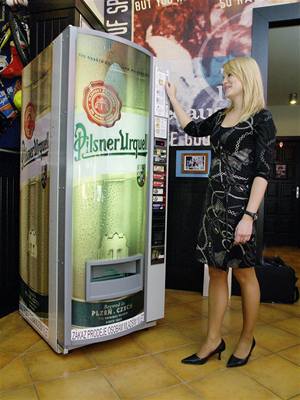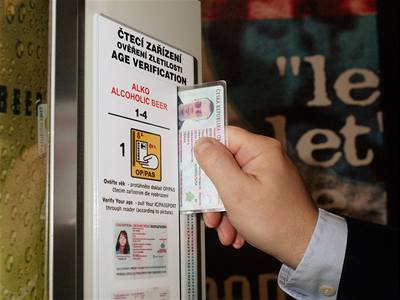Freddy2005
† In Memoriam
De Tsjechische brouwerij Pilsner Urquell start opnieuw met het maken van eikenhouten vaten
De Tsjechische brouwerij Pilsner Urquell start opnieuw met het maken van eikenhouten vaten voor het rijpingsproces van de Tsjechische Pils. Tsjechië staat zoals bekend aan de wieg van het blonde bier, en de brouwers willen de oorspronkelijke pils in ere herstellen. Pilsner Urquell is een dochter van de Zuid-Afrikaanse biergroep SABMiller.
Dit meldt ons kanaal z.be. U kunt het bericht hier bekijken. Klik onderaan de bladzijde op het bericht en het filmpje loopt.
Zij onder ons die de brouwerij reeds bezocht hebben zullen een aantal beelden zeker herkennen.

De Tsjechische brouwerij Pilsner Urquell start opnieuw met het maken van eikenhouten vaten voor het rijpingsproces van de Tsjechische Pils. Tsjechië staat zoals bekend aan de wieg van het blonde bier, en de brouwers willen de oorspronkelijke pils in ere herstellen. Pilsner Urquell is een dochter van de Zuid-Afrikaanse biergroep SABMiller.
Dit meldt ons kanaal z.be. U kunt het bericht hier bekijken. Klik onderaan de bladzijde op het bericht en het filmpje loopt.
Zij onder ons die de brouwerij reeds bezocht hebben zullen een aantal beelden zeker herkennen.






 :lekker: :vuur:
:lekker: :vuur: 